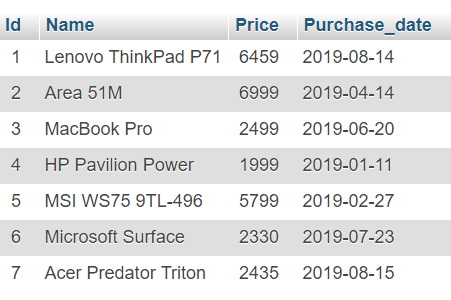

This step is optional as here need is simply too old and register drivers.Here SQL database is created and so do all further executions. If the data is unstructured MongoDB to fetch data from da lakes. If the data is structured SQL can be used to fetch the data. The first database will be created from which the data is supposed to be fetched.


Steps: Below are 3 steps listed covering all 7 components and applying the same: The syntax for registering drivers after loading the driver class: forName() The syntax for importing package to deal with JDBC operations: import java.sql.* They are listed below: JDBC connection steps Sep/Connection Number 1 Import the package 2 Load and Register the drivers 3 Establish the connection 4 Create the statement 5 Execute the statement 6 Process Result 7 Close/terminate JDBC consists of 7 elements that are known as connection steps. It connects the front end(for interacting with the users) with the backend for storing data Java Database Connectivity is basically a standard API(application interface) between the java programming language and various databases like Oracle, SQL, PostgreSQL, MongoDB, etc. Hence, the structural database is stored in data warehouses and unstructured in data lakes. As they are not having pre-defined data-types, so they are not present in the database. Most of the real-world data is non-structural like photos, videos, social media. A nonstructural database can not be stored in form of rows and columns for which new concepts are introduced which would not be discussing here. The structural database is the one which can be stored in row and columns. It can be of two types namely structural and non-structural database. ISRO CS Syllabus for Scientist/Engineer Exam.ISRO CS Original Papers and Official Keys.GATE CS Original Papers and Official Keys.


 0 kommentar(er)
0 kommentar(er)
